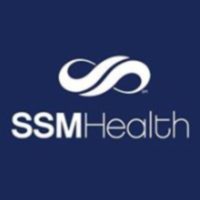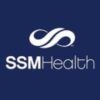Job Overview
Time Type: Part-Time
Work Shift: Evening Shift
or
Time Type: PRN
Work Shift: Day Shift
Provides comprehensive assessment, diagnosis and treatment of mental, emotional, behavioral, addictive and developmental disorders and disabilities using specialized clinical knowledge and advanced clinical skills.
PRIMARY RESPONSIBILITIES
- Provides comprehensive assessments and diagnoses using specialized clinical knowledge and advanced clinical skills for potential admission, including telehealth assessments.
- Develops a comprehensive, individualized treatment plan and goals for the patient and provides psychotherapy, group, and family therapy if applicable.
- Collaborates with other members of the multidisciplinary team, as appropriate, to develop treatment goals for the patient. May participate in multidisciplinary patient care conferences discussing information obtained from patient assessments, updates, treatment plans.
- Provides appropriate documentation of all pertinent information obtained in interviews, consultation with other healthcare professionals, referrals, contacts and supportive services provided to each patient. Completes necessary documentation and reporting in accordance with departmental standards and Federal and State regulations.
- Provides direct clinical supervision to interns and assigned staff.
- Performs discharge planning.
- Works in a constant state of alertness and safe manner.
- Performs other duties as assigned.
EDUCATION
- Master’s degree in Behavioral Health or related field
EXPERIENCE
- No experience required
PHYSICAL REQUIREMENTS
- Constant use of hearing to receive oral communication and hear alarms, malfunctioning machinery, etc.
- Constant use of vision for distances near (20 inches or less) and far (20 feet or more).
- Constant lifting/carrying and pushing/pulling objects weighing 0-25 lbs.
- Frequent use of speech to share information through oral communication.
- Frequent lifting/carrying and pushing/pulling objects weighing 25-50 lbs.
- Frequent standing, twisting and walking.
- Frequent use of vision to judge distances and spatial relationships and to identify and distinguish colors.
- Occasional bending, stooping, climbing, kneeling, sitting, squatting, reaching, gripping and repetitive foot/leg and hand/arm movements.
- Occasional lifting/carrying and pushing/pulling objects weighing over 50 lbs.
- Occasional keyboard use/data entry.
- Occasional use of smell to detect/recognize odors.
- Occasional driving.
- Rare crawling, running and lifting/moving patients.


